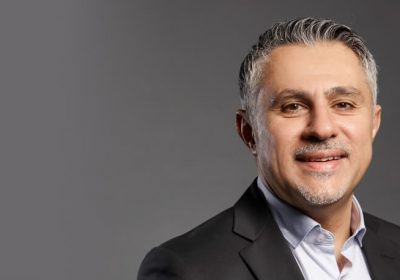
- Author: Anna Marshall
- Posted: November 29, 2021
CFOs > Stop Being Experts & Start Being People Leaders!
As a CFO, current or aspiring, you have your own unique package of technical expertise that you’ve carefully developed and honed during your career. This complex array of competencies, skills and experiences have shaped who you’ve become, but how much of that particular skillset contributes to your effectiveness as a people leader? Consider that your key to becoming a better people leader may be knowing what to stop doing.
Stop giving advice.
Easy to say, hard to do. At the beginning of your career, knowing all the answers was what helped you stand out against the rest, it’s a hard-wired habit. Having the answers makes you feel competent, credible and… correct! Whilst I’m not asking you to stop giving advice to everyone, ever again, I am asking you to consider that when your team members come to you for support and assistance instead of giving them advice start being a coach.
If you’d like to bring a coaching approach to your leadership here are your 3 keys to success:
- Be present with your people
Being present is about being fully tuned in to your people. It’s not ‘Yeah, I’m listening…” while you frown at your screen and feverishly bang out another email. Being tuned in means being present with your team member with your eyes, ears, heart and mind.
- Use your eyes – what are you observing/not observing?
- Use your ears – what are they saying/not saying?
- Use your heart – what might they be feeling/not feeling?
- Use your mind – what might they be thinking/not thinking?
When you think about tuning in using your eyes, ears, heart and mind – which one do you think you might find the most challenging? Setting your intention to be fully present prior to the conversation as well as finding the right time and location can make a difference. Shut your laptop, mute your phone and whenever you notice your attention wandering away from the conversation, gently bring your focus back to the person at hand.
- Listen intently
It can be tricky to separate the acts of being present and listening; they are interwoven. You can dramatically increase your chances of listening effectively though when you take the time to be present first.
There are many traps to avoid when listening such as interrupting, making assumptions and not allowing sufficient time for the conversation (also known as the ‘I’m too busy’ trap!). The most common trap to listening I hear though is the “Yes, but…” trap. “Yes, but…” shuts down conversations. Your team member comes to you with an idea and you “Yes, but…” them. Their takeaway: my idea was bad and my leader knows best. Not much room for learning and growth there, is there? The antidote? “Yes, and…” “Yes, I understand what you’re suggesting and what might be the risks of that approach?” Using “yes, and…” acknowledges the contribution from your team member as well as allowing you to offer an alternate view. If you’d like to practice this one, try it at home. Notice what happens.
- Ask powerful questions
So you’ve nailed the presence and the listening, time for the third element of building your coaching approach – powerful questions. Time to reacquaint yourself with your inner 3-year old – they ask the best questions. When you’re using a coaching approach use open questions – how, what, why – and try to limit your use of closed questions – can you, do you, will you. Open questions will open up your discussion and keep it flowing, enabling your team member to put forward their own ideas and thoughts. A great question to stretch your team member and encourage them to come up with even more ideas and deeper thinking is ‘And what else?’.
One more thing about questions. Just use one at a time, then wait. Let silence do the heavy lifting for you, don’t fill the space. You’ll be amazed at what your team member can come up when you provide them with a great question and space to come up with a spectacular answer.
As knowledgeable, skilled and talented as you are taking some time to drop the advice giving and consciously coach will develop your people, encourage new ideas and ultimately improve the results achieved by your team. Adopting a coaching approach to leadership may prove to be your best investment yet.

About the Author –
Anna Marshall, author of On your marks, get set… LEAD!: A beginner’s guide to people leadership, is an engaging facilitator, inspiring coach and entertaining speaker. Anna enables organisations to flourish by developing their leaders, transforming their cultures and enhancing their people systems.
For more information visit: www.peoplemastery.com








